Gigabyte G242-P32 Market Impact
The Gigabyte G242-P32 is perhaps one of the most important server of 2022, because it combines an Ampere Altra Max CPU with NVIDIA GPUs and DPUs in a single platform. That may not seem like a huge deal, but this is really the future of NVIDIA’s edge to data center AI efforts. NVIDIA is looking to enter the Arm CPU market directly for the data center in the future, albeit without as many RAM and core count configuration options as one gets with Ampere, but this is the future.
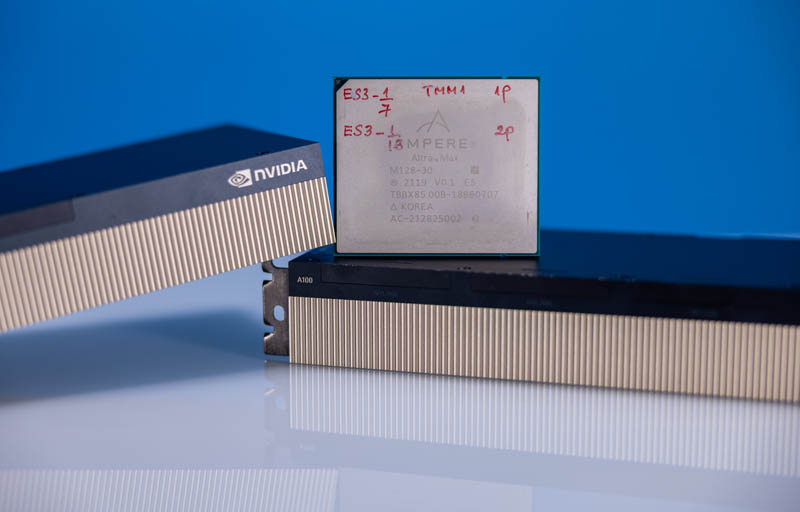
The key learning in this platform was really around the software side. In the accompanying video, you can see things like Ubuntu 22.04 LTS being installed and NVIDIA GPUs working easily.
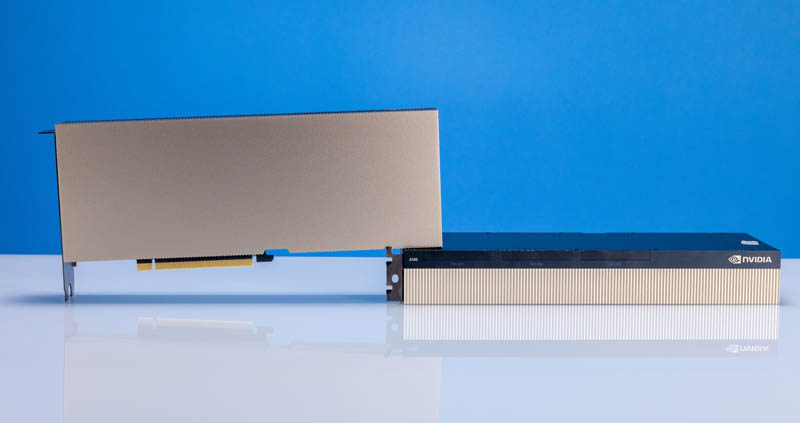
With that being said, not everything was perfect. A lot of the other workloads we run ran into a dependency here or there that did not work. We actually have more in this article than in the GTC session because we had more time to fix dependency issues. That is really the point of the NVIDIA HPC Development Kit. Our guess is that that kit is going to be (by far) the biggest volume driver for this Gigabyte server.
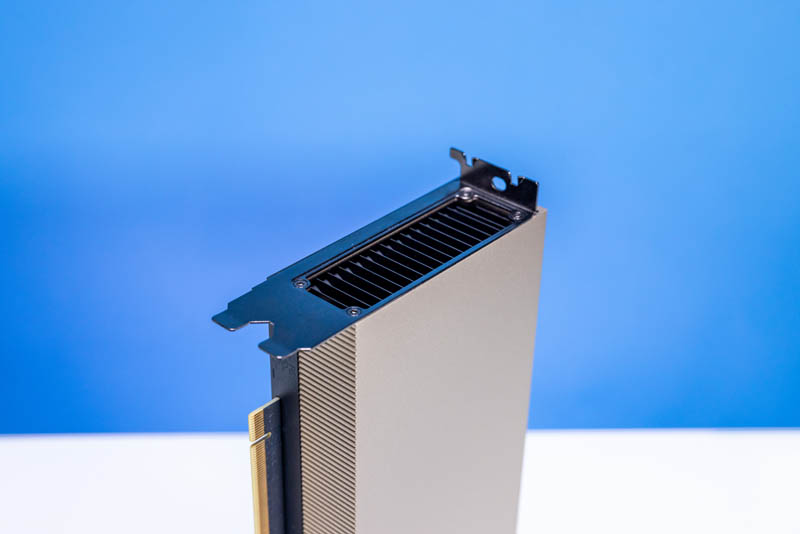
Still, that is perhaps the entire point. A lot of things now work out of the box. Whereas in 2016, it was painful to get Arm CPUs working, in 2022 they feel much more like x86 servers. This development kit is designed to start working on the dependencies and other challenges folks hit when “that one component” is not Arm ready.
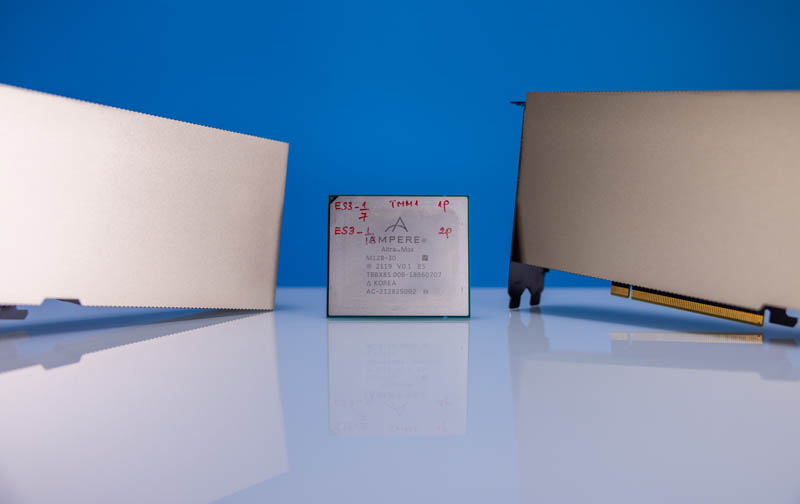
As a development platform, this is actually quite useful. The power density of 500-600W/U is not extreme compared to servers of this era. It is a standard 2U platform with ASPEED IPMI management and a HTML5 iKTM. This server feels a lot like other servers we have seen.
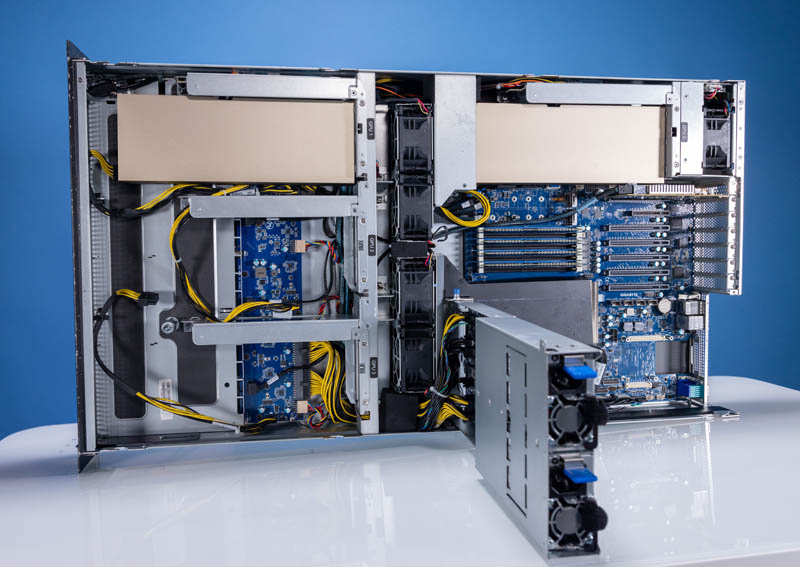
That goes alll the way to the RAM that we used and swapping modules between this Arm server and x86 servers from Gigabyte based on Intel Xeon and AMD EPYC.
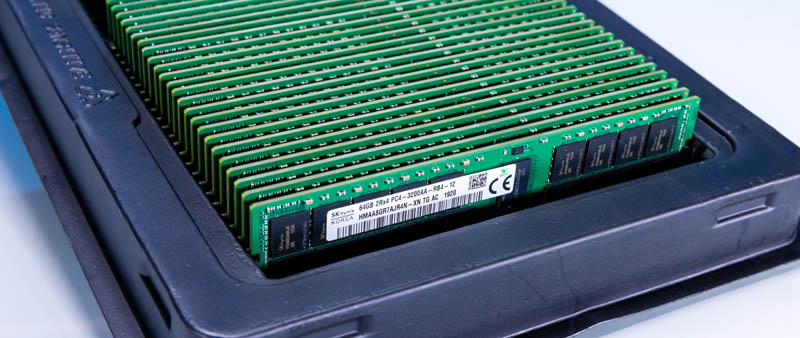
Even the Broadcom SAS controller will be a welcome sight for many as that is an industry standard card.
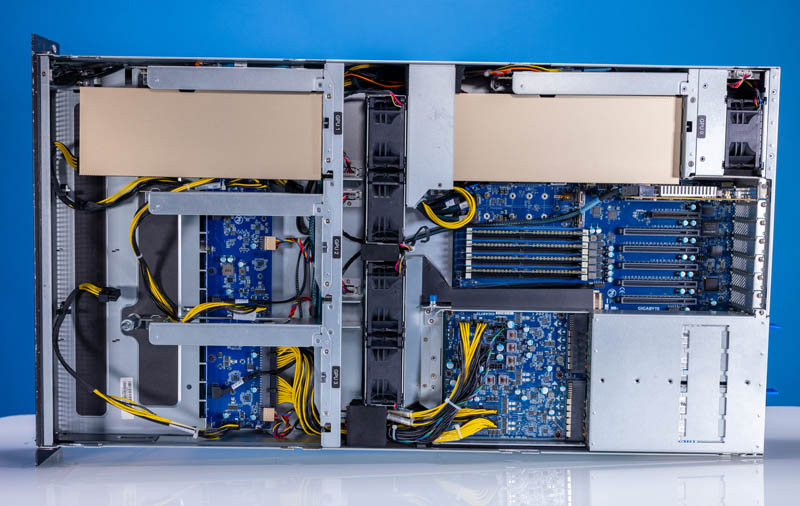
With that though, it is time to wrap this one up with our final words.
Final Words
Let us get real for a moment here. This is a great development platform. The experience in January 2016 of running an Arm-server feels like the stone age compared to today. Now, even the Ubuntu installer will suggest NVIDIA GPU drivers to install as part of the process. This is a completely different server, and the original Cavium ThunderX servers from 2016 were by Gigabyte, but nowhere near thier Intel counterparts (AMD was not back in the market until 2017.)
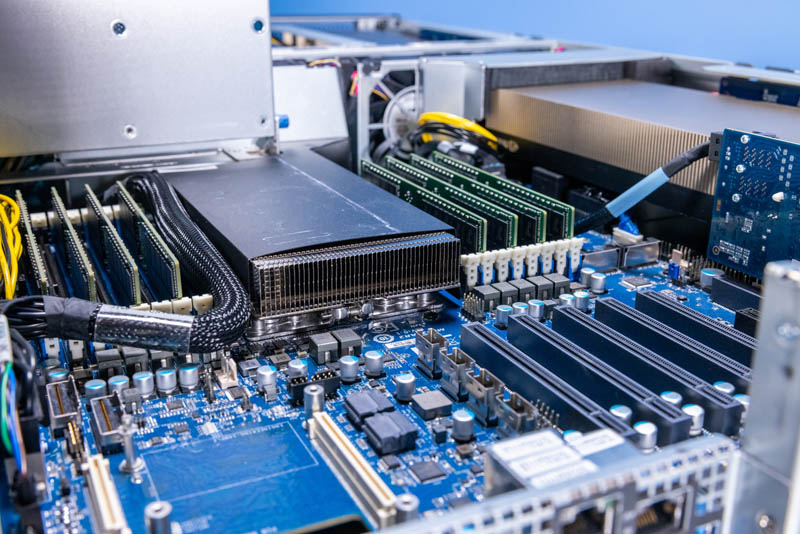
One item I do want to point out though, is that this is a good development platform. If I were deploying GPU servers today, I would still recommend to our readers that Intel/ AMD is the way to go. Most things work, but not everything. That is why this development platform is needed. Beyond just working, optimizations need to happen to further refine the NVIDIA GPU experience. Still, if you are interested in Grace-Hopper, or even scaling up a Jetson or other type of NVIDIA device, you likely want to be working on this platform.
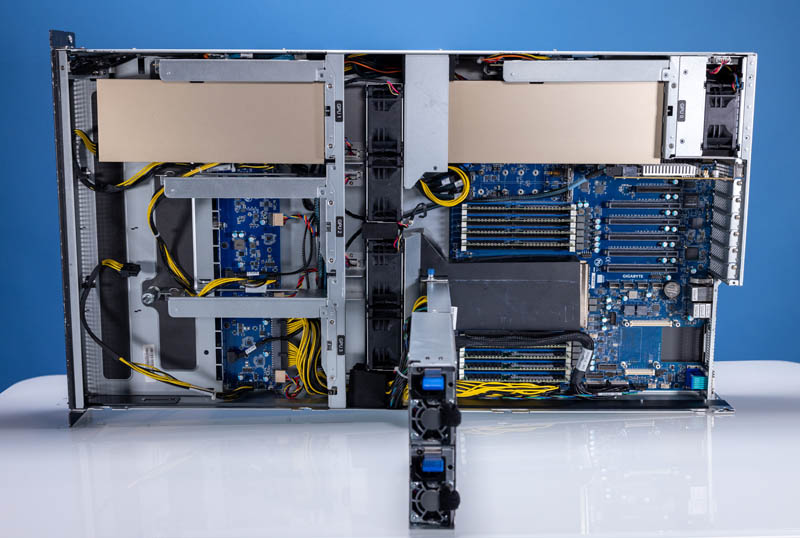
Still, having spent a few weeks with the platform (and grabbing some uncharacteristically awesome photos) the message is clear. NVIDIA is pouring money into Arm + NVIDIA GPU systems.
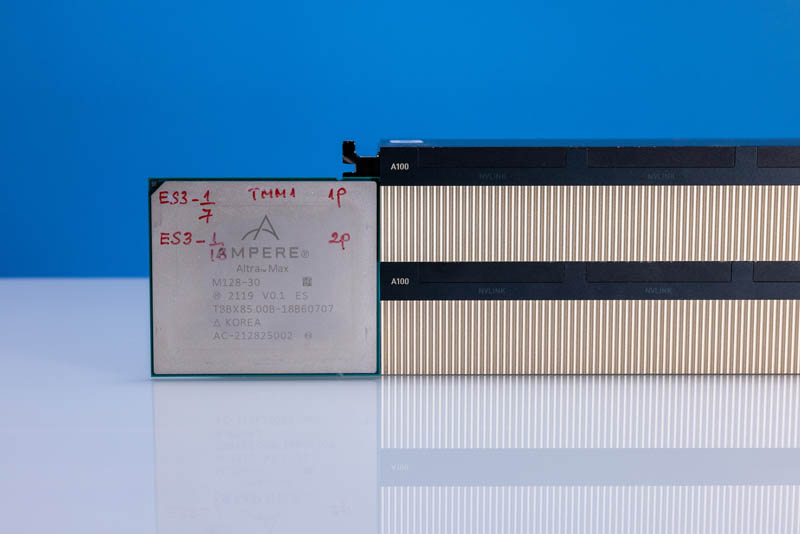
This is one of those pieces where watching the video is going to be informative if you want to see things such as building the server or just installing software. It was very easy to get running, and that video shows that. I would also strongly suggest having Gigabyte build the G242-P32 for you as the Ampere Altra/ Altra Max installation is a lot scarier than Intel/ AMD at this point.
Still, I was impressed enough with this system that I thought we had to do a main site piece and a video on it before it went back in the box. It has been amazing to see how close the parity is now to the server experience between the Gigabyte servers we review for AMD/ Intel platforms and Ampere Arm. If you are a HPC developer looking for Arm+NVIDIA, you likely want to get a G242-P32 or related platform today.




I guess I’m curious as to what makes the Ampere Altra processor so “unpleasant” to install. Why would installing this chip be any different from installing any other, Patrick? Apart from the physical size, there doesn’t appear to be anything much different between this processor and all the other Intel, AMD and IBM chips I’ve seen.
Stephen, super easy to answer. AMD and Intel both use carriers. AMD SP3 uses the CPU carrier that you slide in, then it is lowered in place. On the Intel side, if you install the CPUs correctly, then you are not touching the CPU when it is lowered aligned into the socket. With Ampere, you need to align it by hand versus AMD and Intel both have mechanical alignment. Even with suction cups, the Ampere socket does not have the same level of mechanical alignment before it is lowred into the socket.
See how to install LGA4189 correctly Article and Video.
@Patrick Kennedy
Thanks for the very fast reply. Sounds like a possible engineering/design problem with the type of socket, maybe the ILM needs to be re-designed to allow for the alignment features you mention. Otherwise, I still don’t see how this is an absolute deal-breaker. The chip package itself should have keying notches in the edges that ought to provide enough positive feedback even when loaded by hand.
Believe it or not, I did see your LGA-4189 installation article when it came out. Very well done and very useful. Now, if only we could have some higher-resolution photos of the chips you feature. I noticed that the photos of the Ponte Vecchio chip you had earlier were only a mere 800×600-ish pixels. Seems we need an upgrade to at least 1920×1080 minimum. I have a hard time seeing much detail, specifically where contact pads are concerned. I like drawing pictures of these things and being able to see the pads well enough to count them is a must.
After all the recent coverage of the Altra and Altra Max, I’m kind of wishing someone on eBay would start selling used ones so I can buy one. CPU collecting is one of my hobbies and I’m longing to get my first LGA-4189 Xeon, LGA-4094 Threadripper/Epyc and one of these Altra chips. I can’t afford to buy these things when new and typically have to wait at least ten years before they’ll even show up in the used listings. Of course, somebody could donate one if they wanted to, though that’s probably asking too much of the Universe.